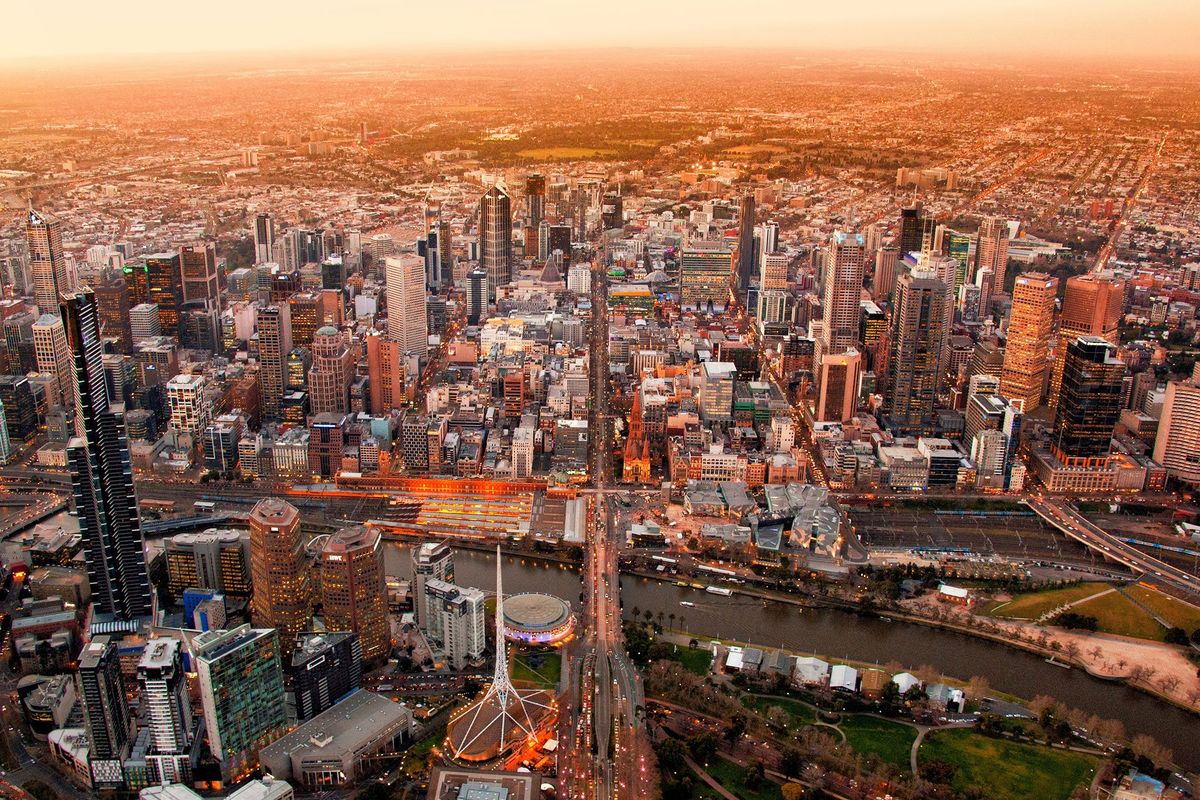Infrastructure Australia has just released the Australian Infrastructure Plan, which makes a raft of recommendations that it says will help the country to accommodate a population of 30 million by 2031.
The report contained 78 recommendations in total, addressing issues including high-density development in established areas, a potential national user-pays system for roads and data-driven approaches to managing transport and other infrastructure systems. It also proposed encouraging more population growth in smaller cities such as Hobart and Adelaide and compulsory Building Information Modelling (BIM) on large-scale infrastructure projects.
The Australia Infrastructure Plan recommended that cities such as Melbourne, Sydney, Brisbane and Perth should ensure that most new housing supply is medium to high-density and built in established areas. The report suggested that this could be achieved on a local and state/territory level by incentivising good design and aligning high-density projects with other infrastructure upgrades.
The report also pushed the idea that the federal government should initiate a public inquiry and widespread voluntary trials into a user-pays system on Australia’s roads. The report described the current system, which relies on measures such as the fuel excise tax and car registration fees, as “unfair, unsustainable and inefficient.” It recommended the implementation of a heavy vehicle user-pays system within five years, and a light vehicle system within ten.
Infrastructure Australia released a report last year that found that the cost of congestion in Australia’s capital cities could reach $53.3 billion by 2031 if the needs to increase capacity and curb demand are not addressed. It also predicted that demand for public transport is likely to rise by an average of 89 percent during the same period.
The Australian Infrastructure Plan also recommended the increasing use of data-driven approaches to managing public transport and other systems, with the document’s executive summary suggesting “the increasing automation of infrastructure services will fundamentally change our built environment.” The report refers to examples including a bus service in the USA that responds to user data to adapt drop-off times and locations, and the shift towards driverless (or autonomous) vehicles, which it said will lead to a growing number of sensors and devices around roads.
The report also said that the use of BIM should be mandatory for large infrastructure projects, in line with similar policies in places such as the USA, Singapore and Hong Kong.
Responses to the report have been mixed, with positive reactions from organizations such as the Green Building Council of Australia and the Property Council of Australia, and some criticism from the Australian Institute of Landscape Architects (AILA) for neglecting green infrastructure.
AILA CEO Shahana McKenzie pointed out that only one recommendation in the report directly references active and healthy living and there are no direct references to green infrastructure.
“With more than 70 recommendations within the plan, only a small handful truly provide substantive guidance, with most providing little substance, or meaningful guidance,” she said.
“Recommendations like ‘Governments should aim to grow the population of our smaller capital cities,’ verge on being meaningless. Clear actions, responsibilities and funding are lacking from the plan and therefore places this good work at risk of ‘bookshelves’.”
The Australian Infrastructure Plan will be reviewed and updated every five years.
To read the report in full, visit infrastructureaustralia.gov.au/.
















